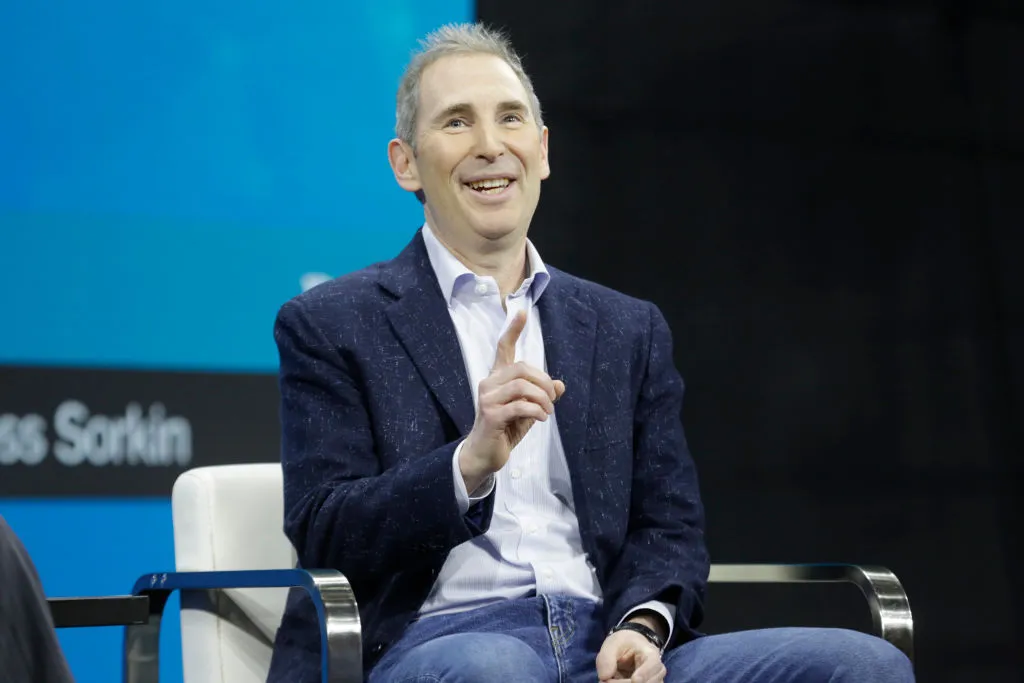Amazon Steps Up in the AI Video Race
Amazon is sharpening its edge in the generative AI video space with the latest upgrade to Nova Reel, its in-house AI model designed to generate videos from text and image prompts. Dubbed Nova Reel 1.1, the update allows for the creation of videos up to two minutes long, a leap forward in Amazon’s bid to rival offerings from OpenAI, Google, and other major players in the space.
Originally launched in December 2024, Nova Reel marked Amazon’s first serious foray into AI-generated video technology. Now, with version 1.1, Amazon is clearly signaling its intention to compete aggressively in a fast-expanding market.
What’s New in Nova Reel 1.1
The upgraded model supports:
- Multi-shot videos with consistent styles across scenes
- Up to two minutes of generated video
- Prompts of up to 4,000 characters
- Shots averaging six seconds each
- A new mode called “Multishot Manual”, which allows users to:
- Input an image and a short prompt (up to 512 characters)
- Generate up to 20 shots based on that image
AWS developer advocate Elizabeth Fuentes shared the technical details in a blog post, highlighting the model’s ability to maintain visual coherence and thematic continuity across long-form video sequences.
Exclusive to AWS and Bedrock

Nova Reel remains available exclusively via Amazon Web Services (AWS) platforms, including Bedrock, Amazon’s AI development suite. Interested developers must request access, although Amazon now automatically approves these requests — a clarification made after earlier reports suggested access might be restricted.
This platform-centric release strategy mirrors how Amazon has integrated other AI tools into its enterprise infrastructure, keeping tight control over usage while pushing adoption among AWS customers.
Ethical Concerns Remain Unaddressed
Despite the technological leap, Nova Reel’s development has sparked controversy over its opaque data sourcing practices. Like other generative AI systems, the model likely relies on massive datasets of video content to train its neural networks. However, Amazon hasn’t disclosed what data was used or whether it had permission from the content creators.
This lack of transparency raises critical questions about copyright, consent, and fair use:
- Was copyrighted video content used without permission?
- Can creators opt out of the datasets used to train the model?
- What recourse do users have if a generated video “regurgitates” copyrighted content?
Amazon’s response to these concerns has been to lean on its indemnification policy, promising to protect AWS customers from legal claims arising from the use of its generative AI tools. But this doesn’t address the broader debate about how training data should be sourced and credited.
SEE ALSO: Amazon Autos: Revolutionizing Car Buying with a Click
The Bigger Picture: Growing AI Video Market
Amazon’s push into AI-generated video arrives as the space heats up dramatically. Competitors like OpenAI’s Sora, Google’s Lumiere, and Runway’s Gen-3 Alpha are all making headlines for their increasingly realistic, multi-modal, and creative outputs. Each of these tools represents a shift in how video content is made — faster, cheaper, and more automated than ever before.
Yet, the race is not just technological — it’s also legal, ethical, and regulatory. As companies like Amazon expand the boundaries of what’s possible, questions around intellectual property, transparency, and accountability are becoming just as central as model performance.
Correction Note
Updated 4:57 p.m. Pacific: An earlier version of this article implied that developers must request special access to use Nova Reel. While access must be requested, AWS automatically approves these requests. We regret the error.



